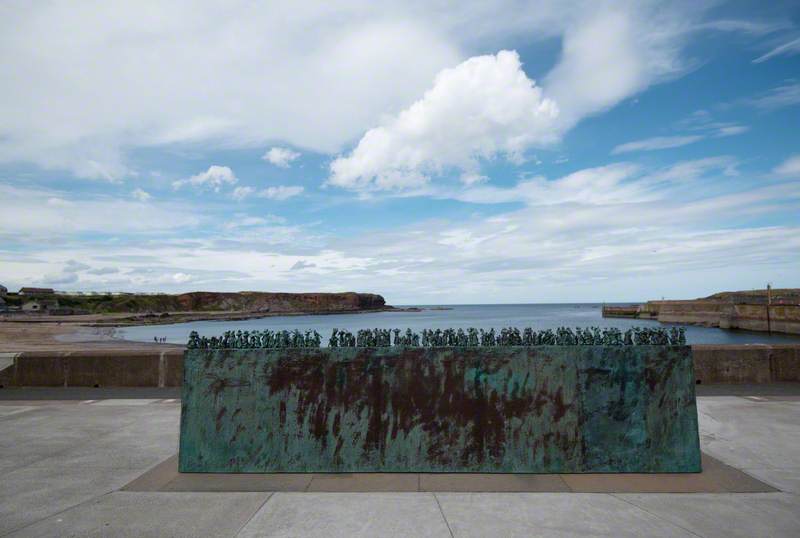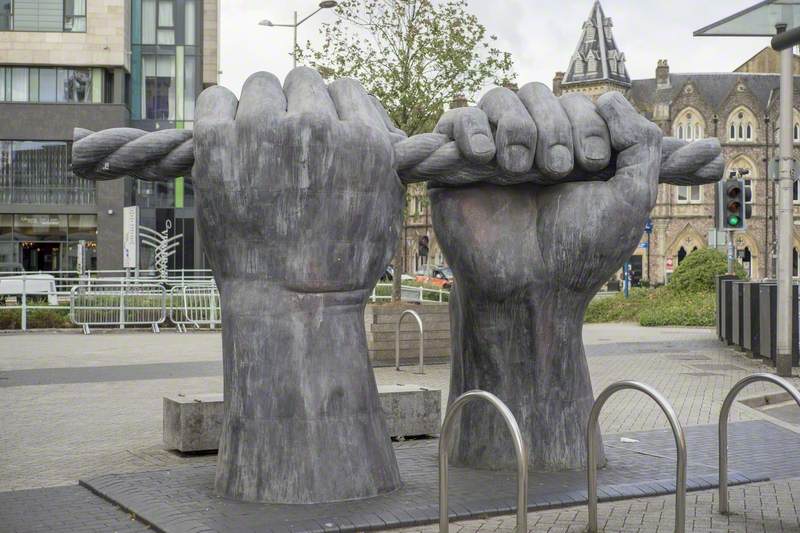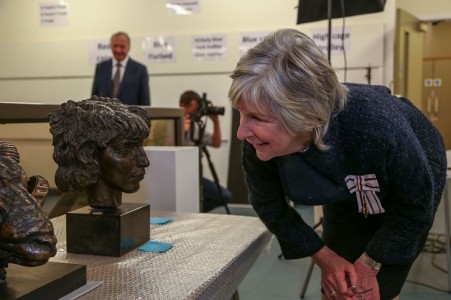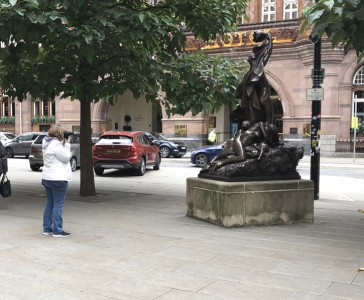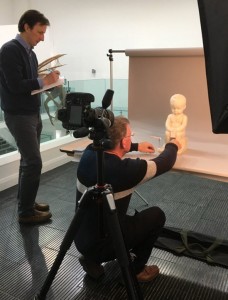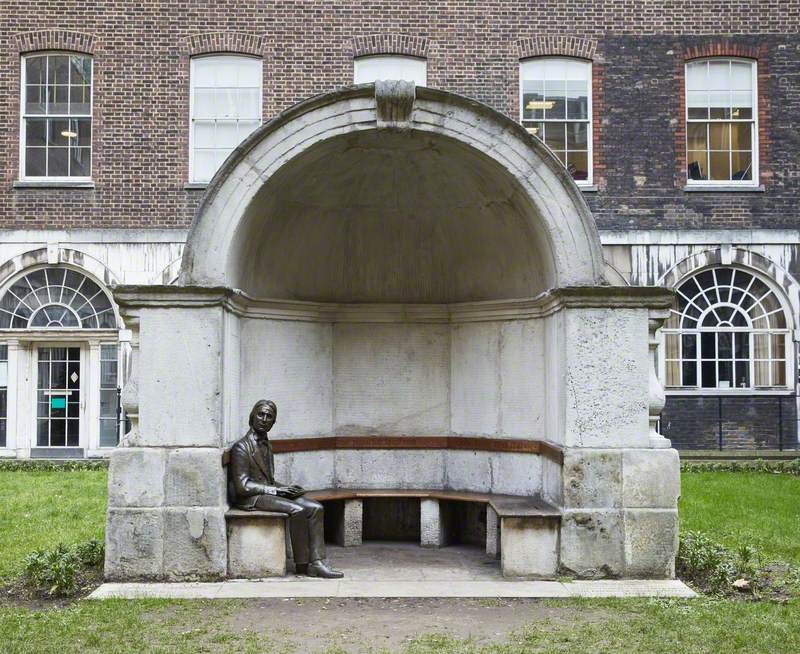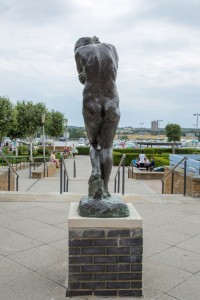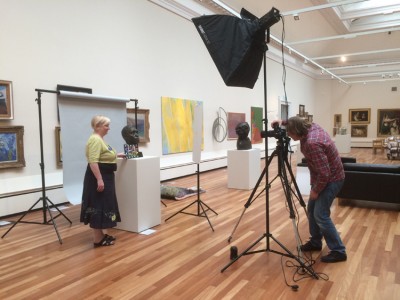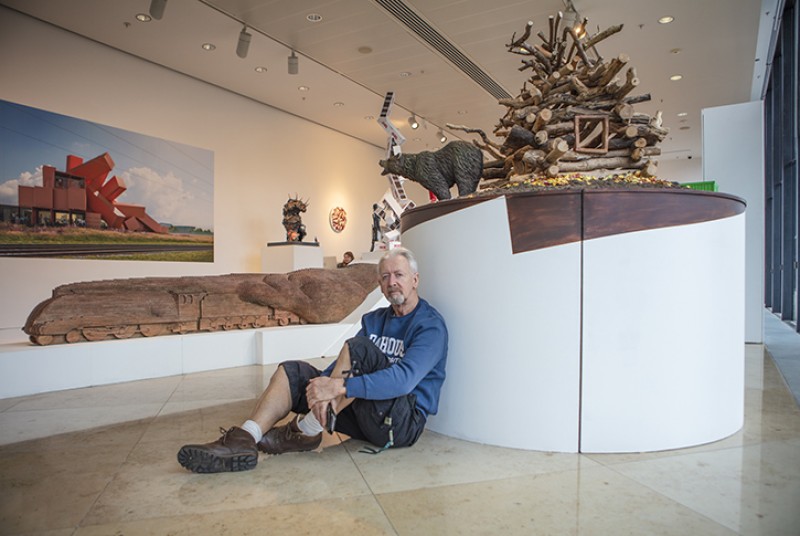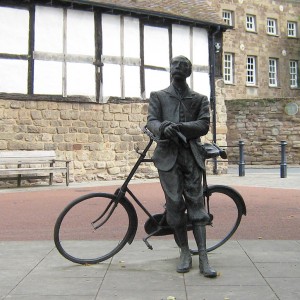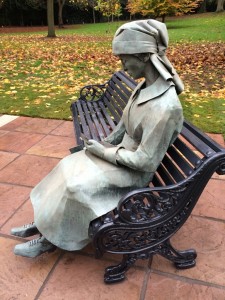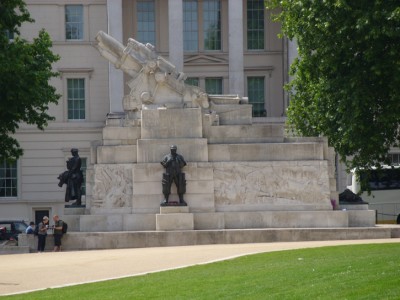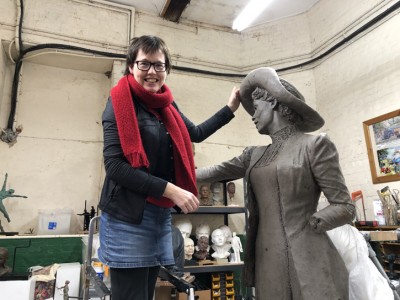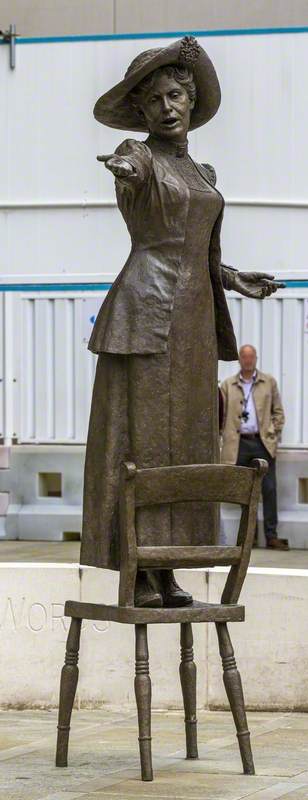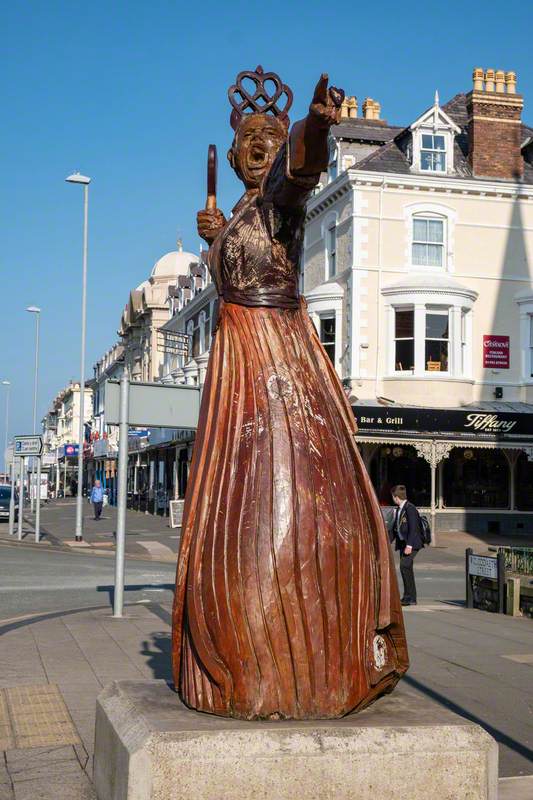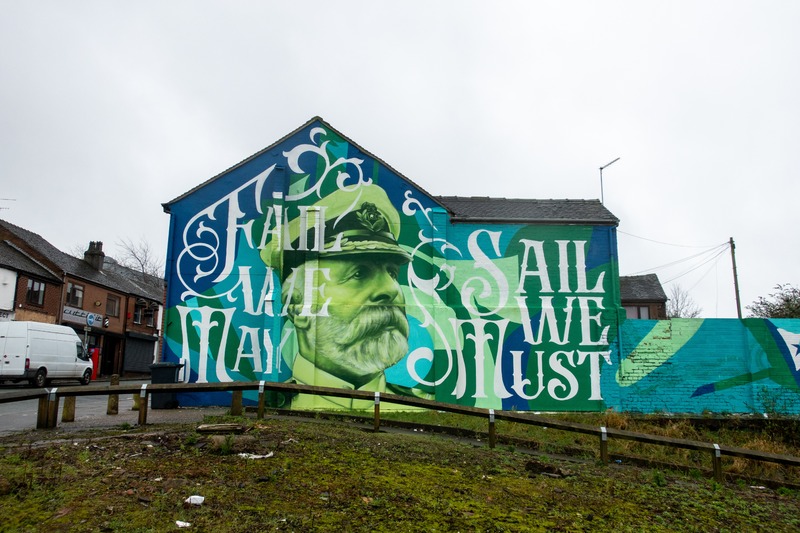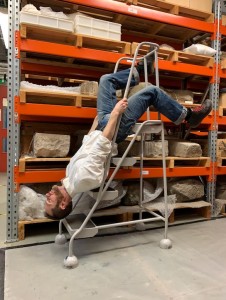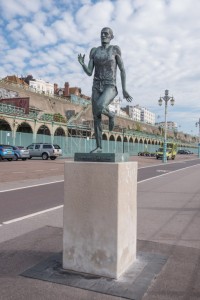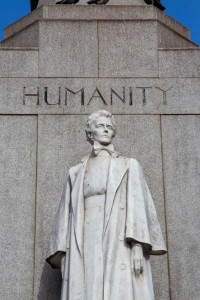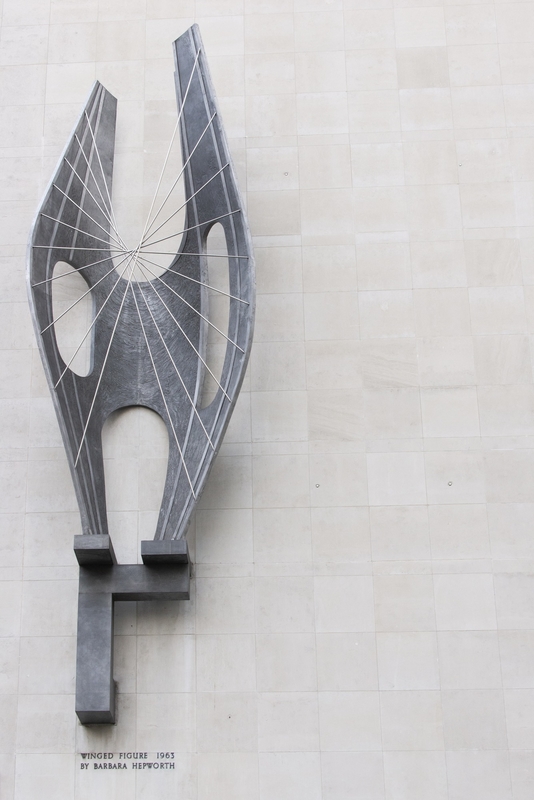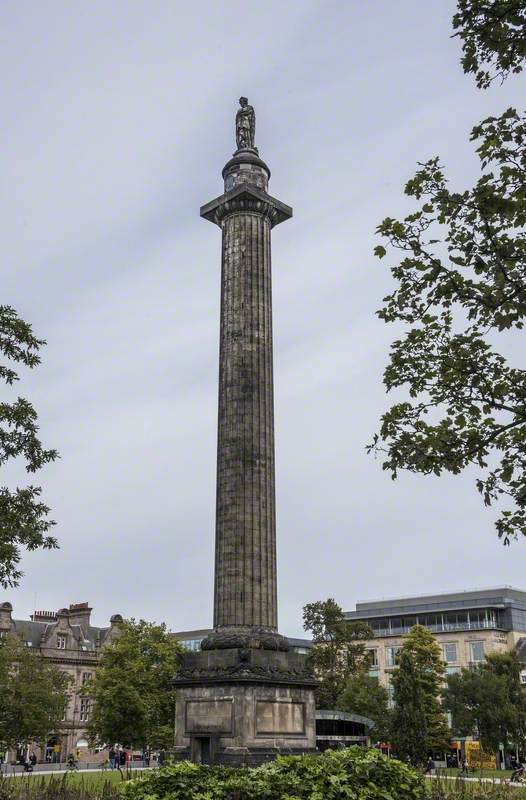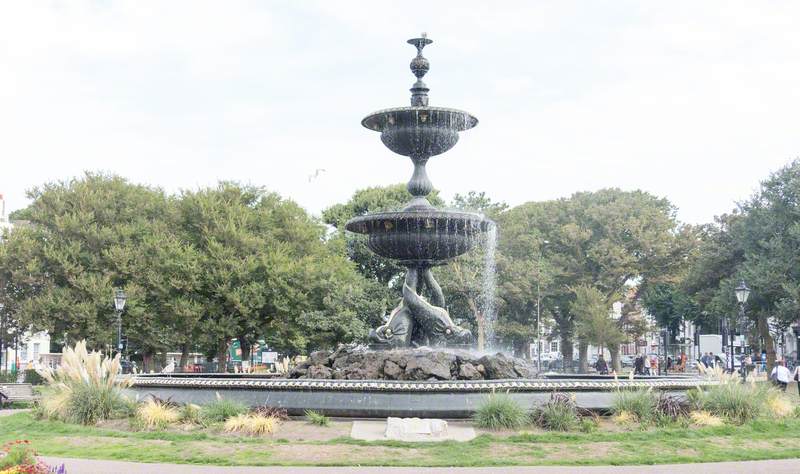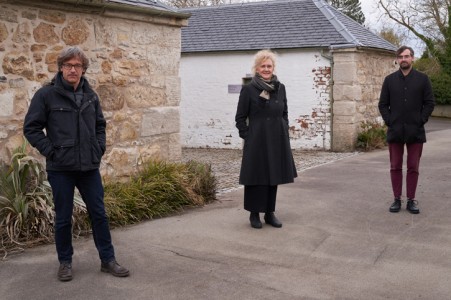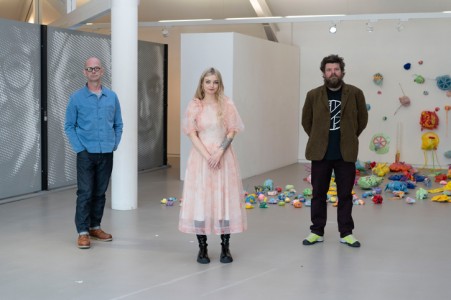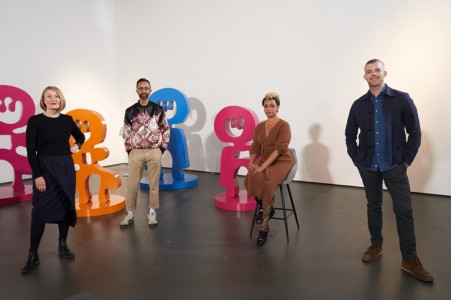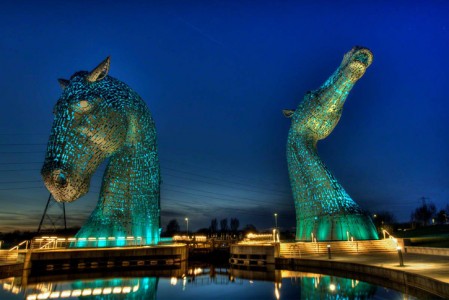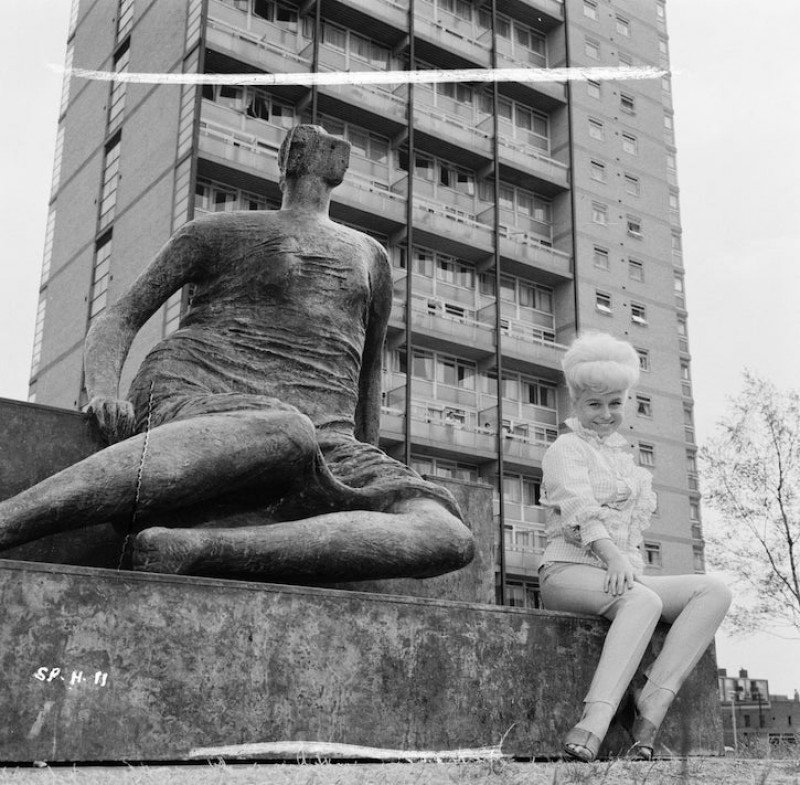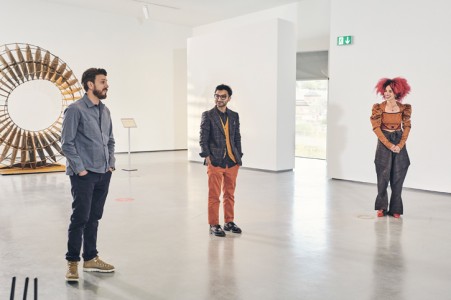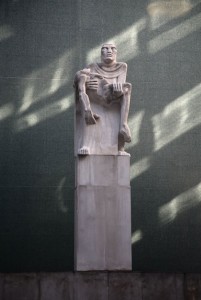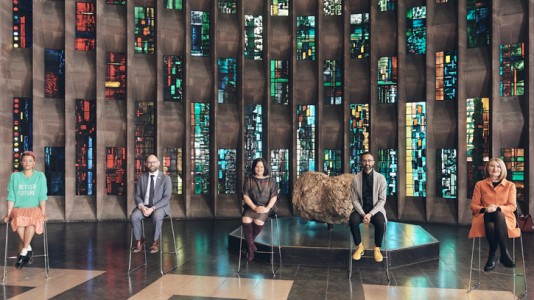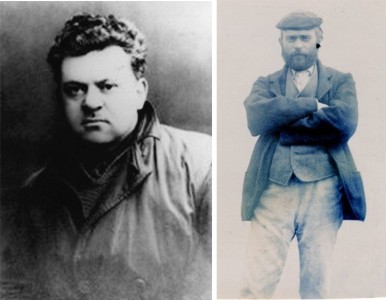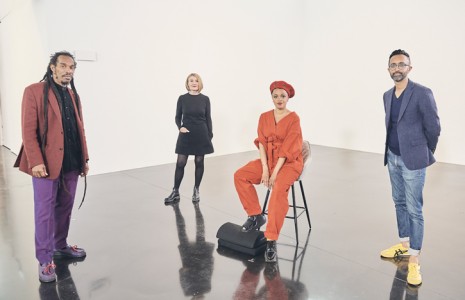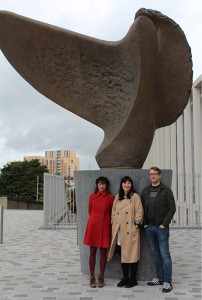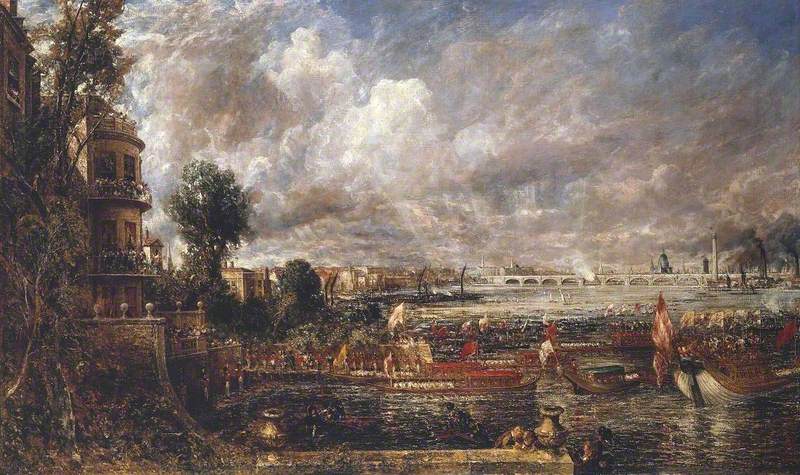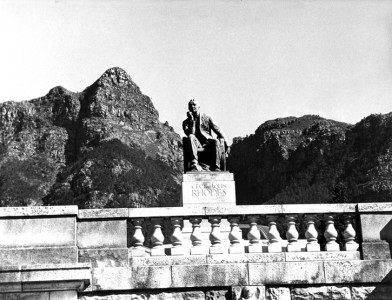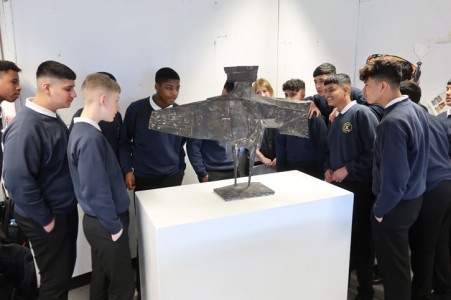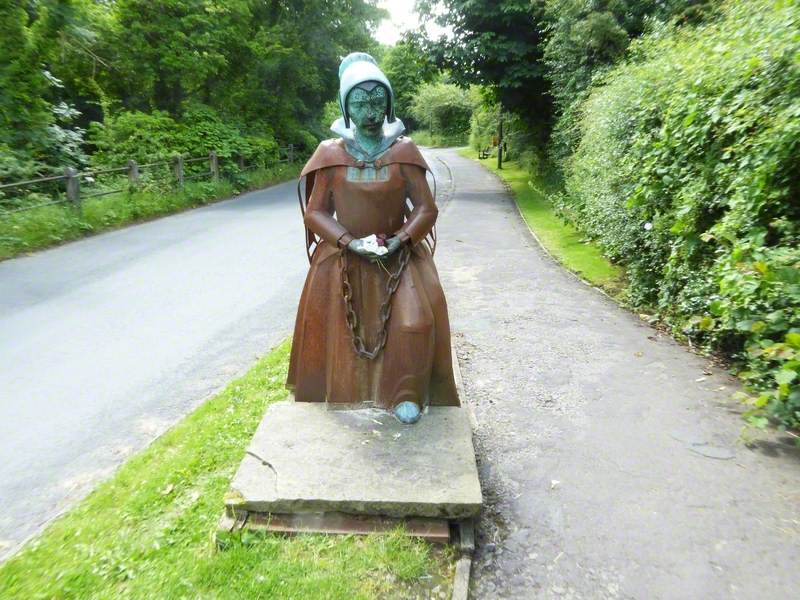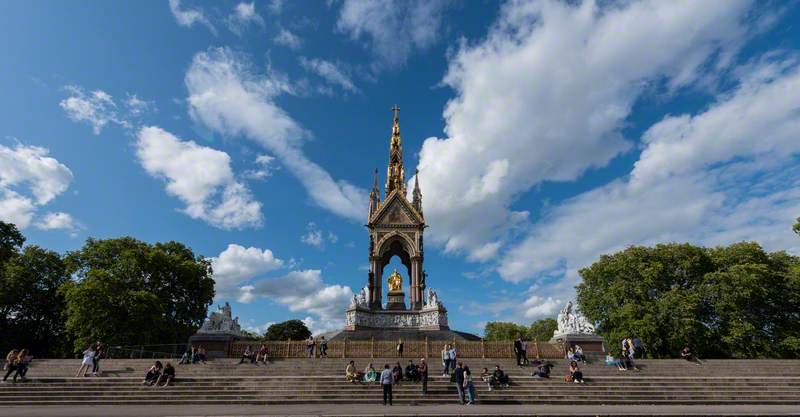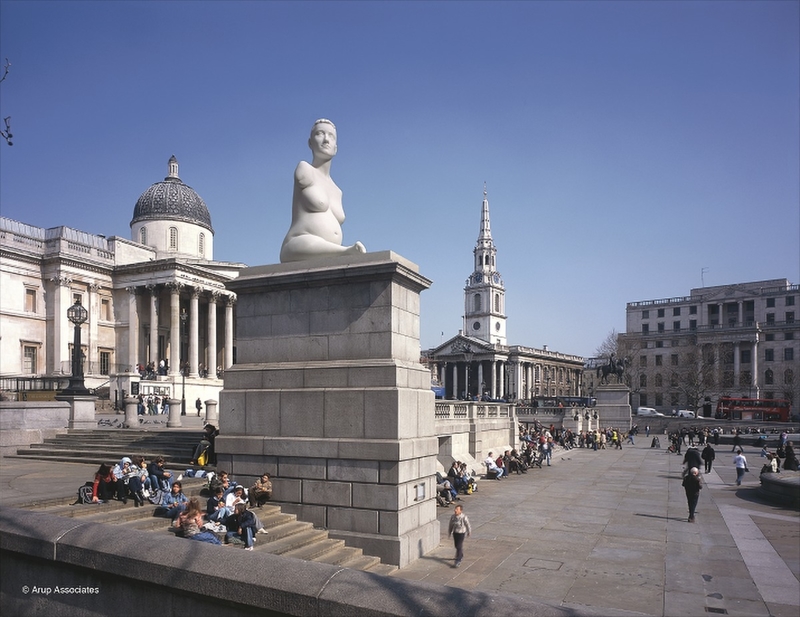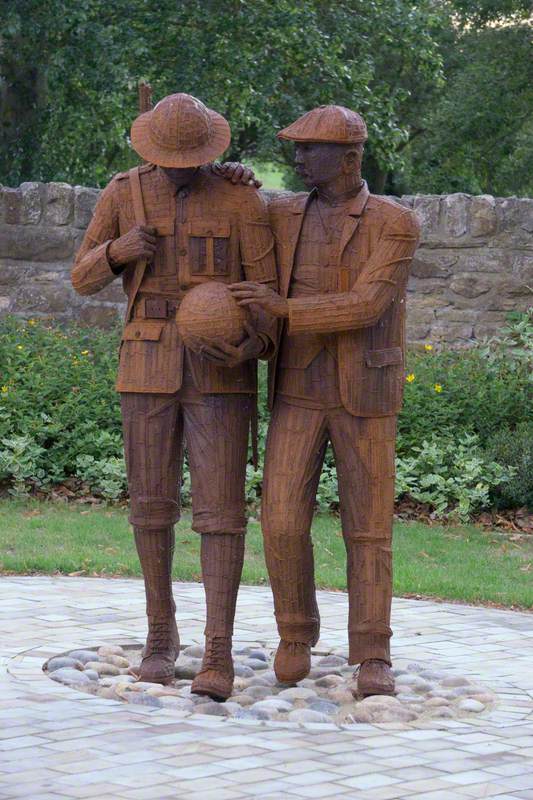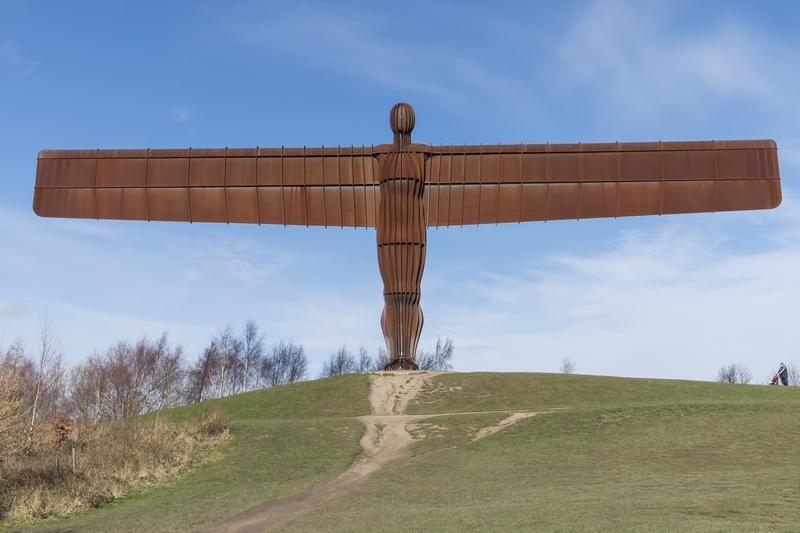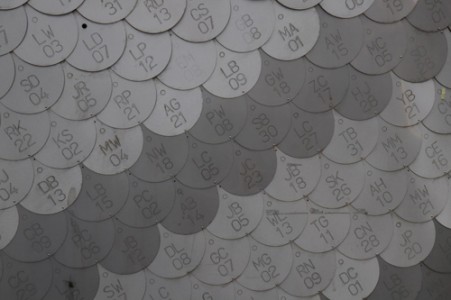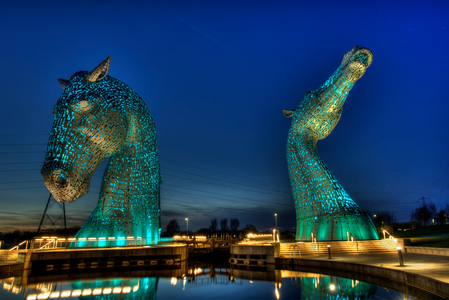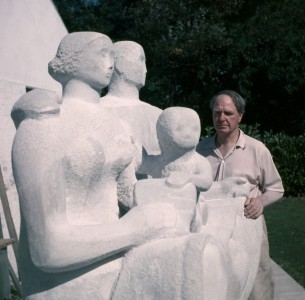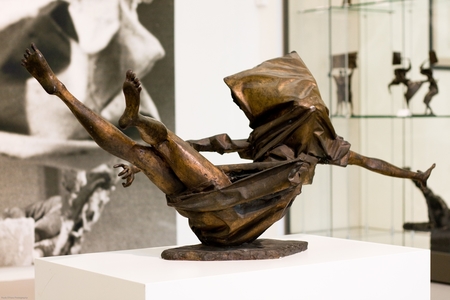I have recently been appointed Public Sculpture Manager for the Art UK Sculpture Project. I will be responsible for managing volunteers all over the UK for the outdoor public sculpture aspect of this exciting endeavour. In the past I have worked for Art UK during the development phase of the project and as the Administrator for the Public Monuments and Sculpture Association (PMSA). I was also the Research Officer for the Sussex Sculpture Recording Project and, as a freelance researcher, have worked for several notable academics working in the field of public sculpture.
For me, these two pieces exemplify what the word ‘public’ means in the term ‘public sculpture’.
Working closely with the PMSA, I am currently putting together a range of methodologies for moving forward with the recording of data and, for photographing the objects. The task of recruiting and managing a very large number of volunteer researchers and photographers, all over the country is a challenging one, but I am already delighted with the passion and enthusiasm of those who have already offered their services.
The PMSA have worked tirelessly for many years to survey and photograph the UK’s public sculpture, and this project will complete that task, ultimately providing a detailed and thorough catalogue of our sculptural heritage. I am particularly looking forward to the detailed recording of some of the newer works in areas where we currently only have older data.
Personally, I am often drawn to commemorative sculpture. All public monuments, as well as contributing to the legibility of the built environment, provide a focus for the localisation of public and personal memories, and community narratives – they contribute to a sense of place and a sense of community identity. Commemorative monuments and sculpture, however, teach us about history: they offer an opportunity for those living in the present to learn about the past.
Two such relatively new pieces I am particularly looking forward to recording are Widows and Bairns (2016), in Eyemouth, Scotland, and Eleven O One (2014), in Seaham, Northumberland. Both of these pieces engage so directly with the general public.
Created by the sculptor Jill Watson and commissioned by The 125 Memorial Association, this memorial sculpture is titled, and commemorates, the ‘Eyemouth Widows and Bairns’ who were left widowed and orphaned by the great storm of 14th October 1881. It is one of four memorials by Jill Watson to those lost on that day, each situated in one of the ports affected: Cove, St Abbs, Eyemouth and Burnmouth. It was Scotland’s worst fishing disaster and the Berwickshire ports lost a total of 189 men. With 129 of those from the town, Eyemouth suffered the greatest losses, leaving behind 78 widows and 182 orphans; there the storm became known simply as Black Friday.
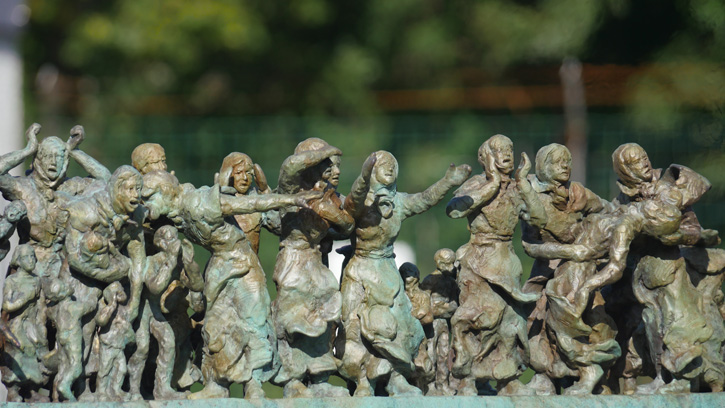
© the artist. Image credit: Benjamin Tindall
Widows and Bairns
2007, bronze by Jill Watson (b.1957)
The bronze sculpture is 5 metres long, 1.2 metres high and the figures 19cm high. Each individual character in the sculpture represents one of the people affected by Black Friday – they all have a name and an age recorded so descendants are able to come and find their ancestors.
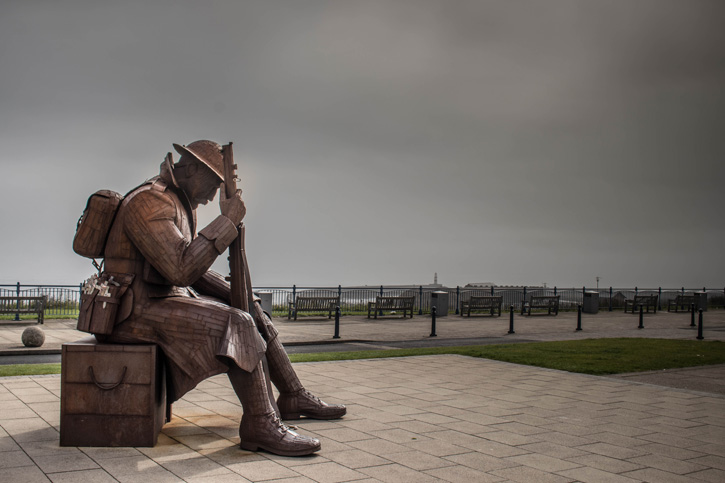
© the artist. Image credit: Simon Woodley
Eleven O One
2014 by Ray Lonsdale (b.1965)
This second piece, created by the sculptor Ray Lonsdale, is titled Eleven O One and sits on the seafront at Seaham, County Durham. This imposing sculpture represents the first minute of peace on Armistice Day, 1918. Made from corten steel, at almost 3 metres high the statue is two and a half times life-size, and weighs 1.2 tonnes. The work was initially sited there on loan for a period of three months but the local community, who quickly affectionately nicknamed it ‘Tommy’, became determined to raise enough money to purchase it permanently for the town; they did so within six weeks of starting the fund! I have visited the work several times and always find a large throng of locals and visitors gathered around it. As of late 2017, it even has over 600 reviews on TripAdvisor – all five star!
For me, these two pieces exemplify what the word ‘public’ means in the term ‘public sculpture’. They have been purchased, effectively, from public subscription – they have quickly captured the hearts and minds of local communities and visitors alike and make a point of teaching us something about our collective and personal pasts.
Dr Anthony McIntosh, Public Sculpture Manager, Art UK
